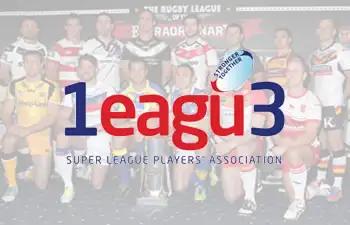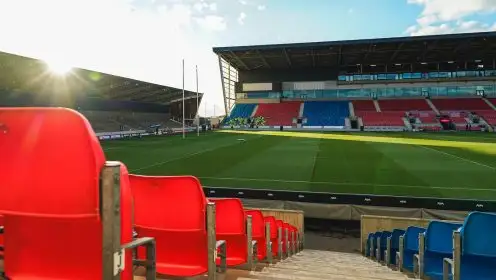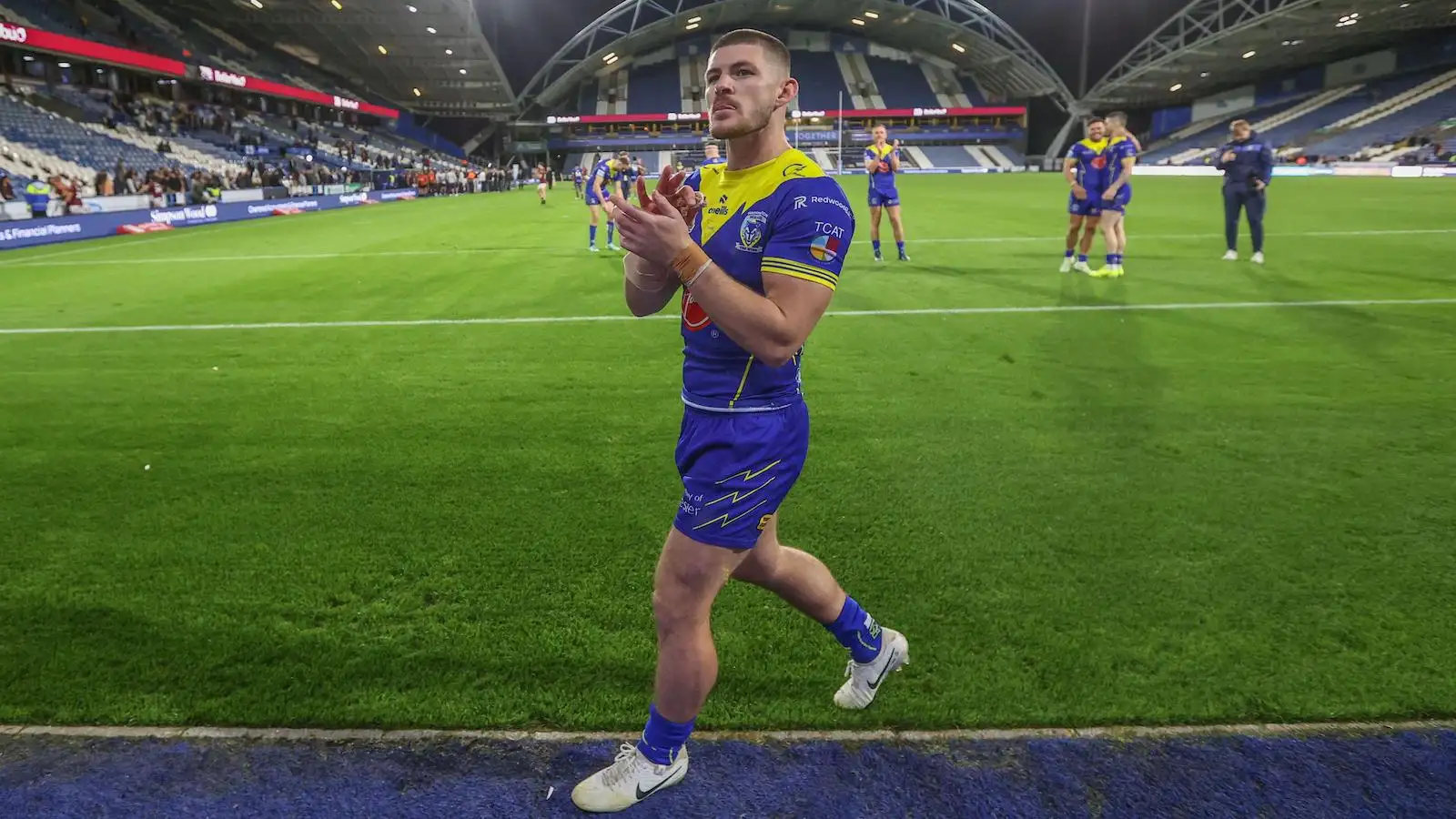Players vote against split option in Super League re-structure

More than 92% of players are against the option that would see a new two-division Super League split in to three leagues, according to 1eagu3.
The majority of players polled are in favour of a 12-team Super League, with one up/down promotion and relegation to the Championship, similar to the way the league operated prior to licensing, and also the same model currently utilised by the Aviva Premiership in rugby union.
The RFL and its clubs are currently in discussions over the structure of the game from the 2015 season and beyond, and presented three options
Model A – Two 12 team leagues that split in to three leagues of eight after 11 games.
Model B – Two 10 team divisions of Super League
Model C – 12 team Super League, 1 up/down promotion/relegation with Championship
Of that 158 players that responded to the survey, 146 opted for Model C, with just seven voting for Model A, which is reported to be the favoured option of the executive.
1eagu3 chief executive Ernie Benbow said: “I am grateful to the RFL for consulting with 1eagu3 both in terms of information and in face to face briefings. It is hoped that the consultation is proper, effective and meaningful and not lip service to the required consultative process.
“We have consulted our members who have voted in numbers with a clear and unequivocal message.
“Rugby League has a habit of tinkering with issues. It continually tinkers with its rules/laws regular confusion to the watching public. Simplicity and stability are key to success and not change for the sake of change.”
Just 4% of players supported the split option, that has been tried, tested and rejected by the Swiss Football Association, and recently rejected as an option by the Scottish FA.
Jon Wilkin, chairman of 1eagu3, said: “All players acknowledge the need for the game to become more productive commercially and for that to happen I think it’s safe to assume there is a game wide acknowledgment that an element of change is required.
“Changing the structure is however just one small part of the puzzle and needs to fall in line with an understanding of the fantastic value of the product the players deliver and also how to extract as much commercially from this great product as we can to drive the game forward at all levels.”
At a time when Rugby League in the UK is striving to catch, match and ultimately beat the Australians the following facts are known about the Swiss game both before and after the implementation of a mid-season split option;
– Switzerland’s world ranking 1993-2002
– Switzerland had a top flight of 16 until 1988
– A 12-12 league system was adopted, with the two divisions split into three leagues of eight after 22 fixtures
– Fourteen years after reconstruction, the national team’s ranking was 65
– A move to a 10-team top tier with 12 sides in the division below came into force in 2003
– Switzerland’s ranking has subsequently risen to 13
– The national team has reached the finals of the last two World Cups
Benbow added: “These facts underpin my view that the mid-season split option is not a viable option against a back cloth of evidence that has been tried, tested and rejected; indeed after rejection the FA in question has experienced a period of significant improvement following a return to normal sporting league structure.”
1eagu3 were formally presented with the proposals during a meeting at the RFL’s World Cup offices last month.



